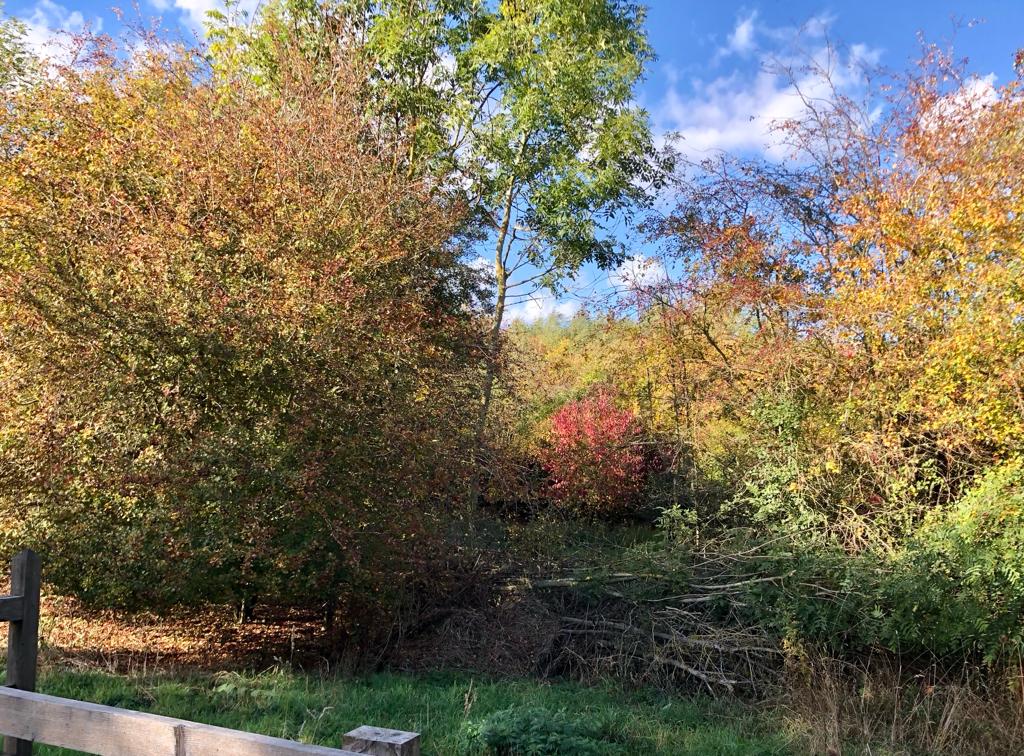Report from the 2022 AGM of the Wildlife Trust BCN
For example...the Trust is running a ‘wet farming’ pilot at its Great Fen reserve in Cambridgeshire. Soil erosion from the Cambridgeshire Fens has the same carbon footprint as all the human activity in the county. Wet farming, also known as paludiculture (from the Latin palus meaning swamp), allows agriculture to continue whilst the water table rises, as opposed to the traditional practice of draining land in order to farm, which causes the peat soil to erode and release its stored carbon. Crops being trialled include sphagnum moss, bulrush (or reedmace), reed, and the wetland cereal crop sweet manna grass. Rushes are used for building material and, more surprisingly, fluffy bulrush seedheads are a vegan alternative for eiderdown in insulated puffa-style jackets. One of the uses being developed for sphagnum moss is to replace cotton and synthetic polymers in period and incontinence products!
Kathryn Brown, Director of Climate Change and Evidence for the Wildlife Trusts nationally, spoke about climate adaptation. She included in her presentation the Climate Action Tracker, which gives a really useful (and alarming) assessment of the potential global temperature rises based on various scenarios. Setting the scene for why adaptation to the effects of climate change is important, she said, “We’re careering towards a 1.5 degree increase in global temperature by 2050, if not 2040...this is now largely inevitable”. We are also seeing worse impacts at current levels of warming than were predicted by the models.
Earlier this year the Wildlife Trusts published a Changing Nature risk assessment and adaptation report setting out their adaptation priorities over the next few years. The risk assessment showed that the three counties covered by Wildlife Trust BCN are in one of the most vulnerable parts of the country for heat, drought, and fire. We need to be prepared for the impact this will have on natural and man-made infrastructure and on people.
On a more cheerful note, 95% of residents in the three counties live within five miles of a Trust reserve. Following the indoor element of the day I joined a guided walk at the Summer Leys nature reserve near Wellingborough, a former gravel quarry now managed for wildlife. I hadn’t visited before but will be going back to have a longer look. Even in a fairly short visit, I added three new birds to my list (Cetti’s Warbler, Little Grebe and Shoveler duck, for fellow birders!). Cetti’s Warbler is a climate change ‘winner’ as warmer winters mean this former migrant is now resident all year round.

One of the things we can do to help tackle the climate and ecological emergency is to become a member of an environmental organisation such the Wildlife Trust, or the RSPB, Plantlife, the Woodland Trust and many others. The Wildlife Trust BCN offers lots of local and online events and activities as well as being a brilliant source of information about nature.
